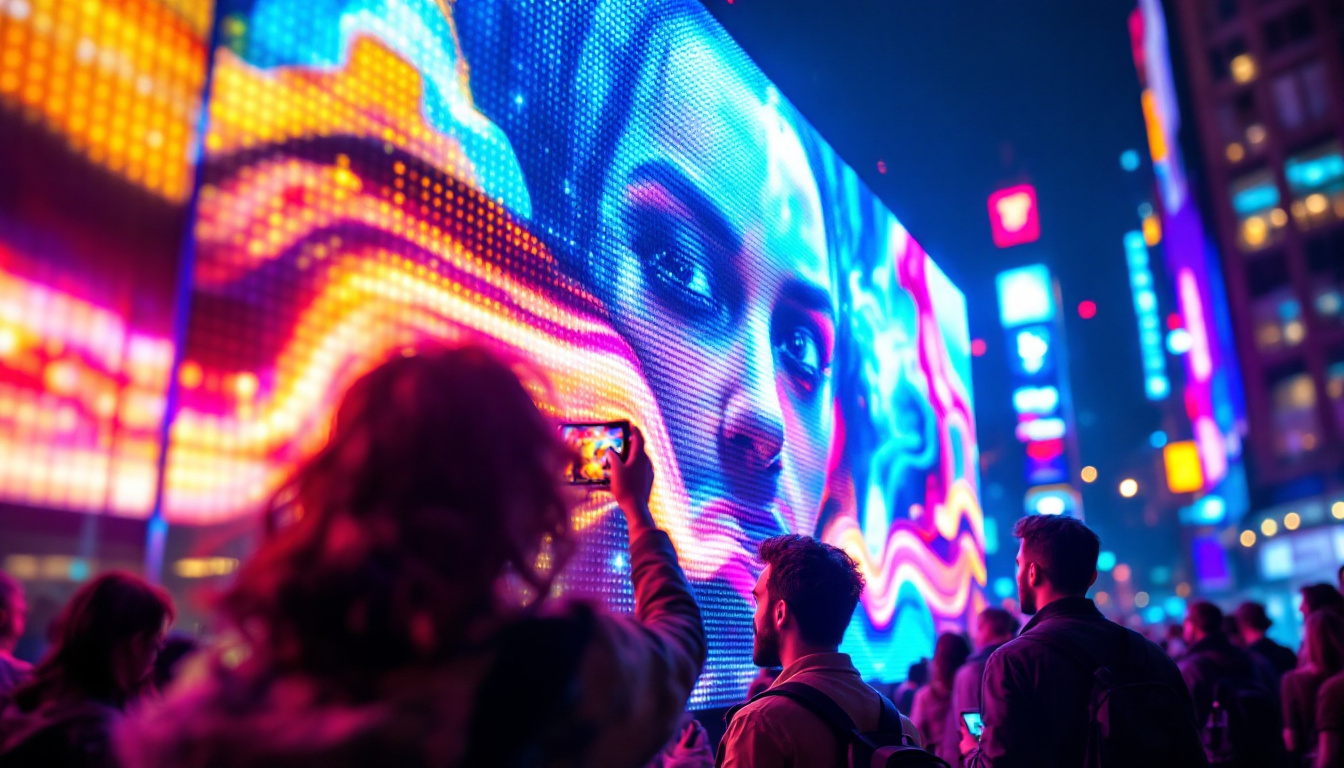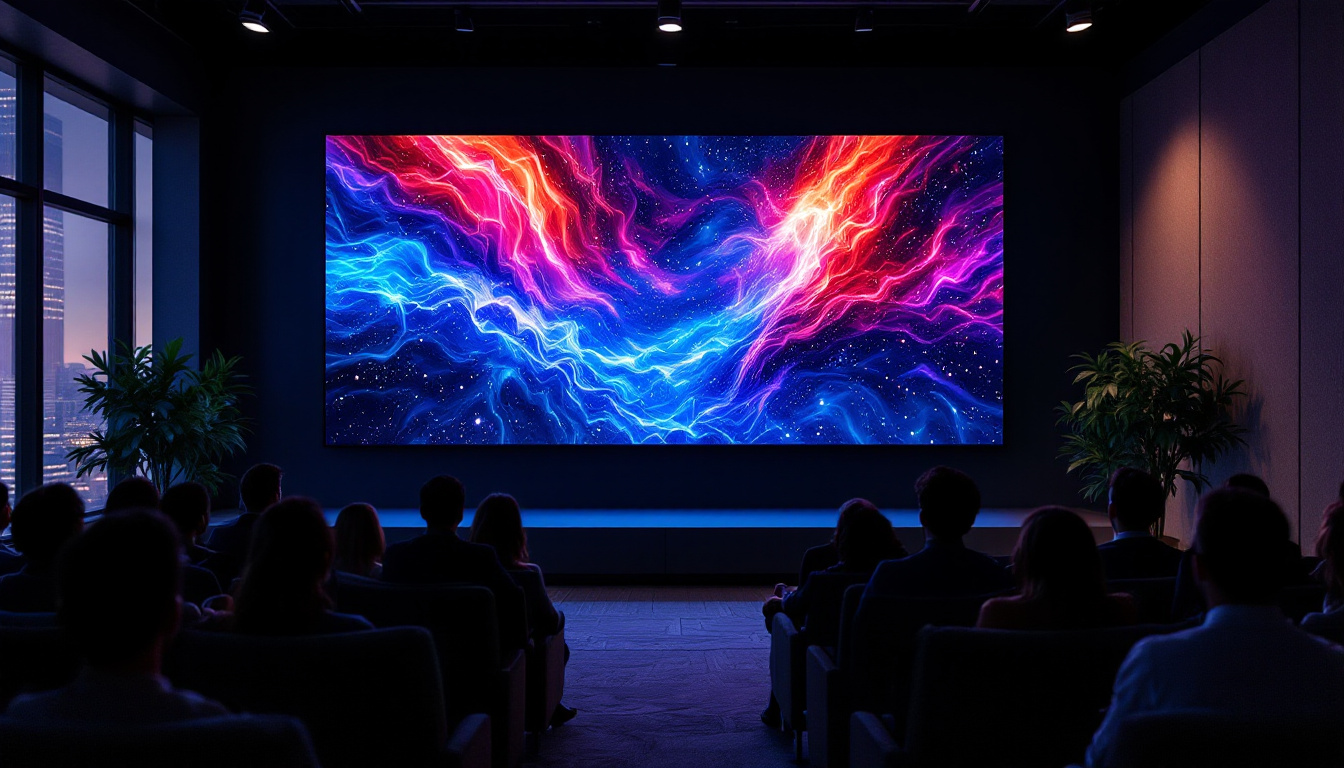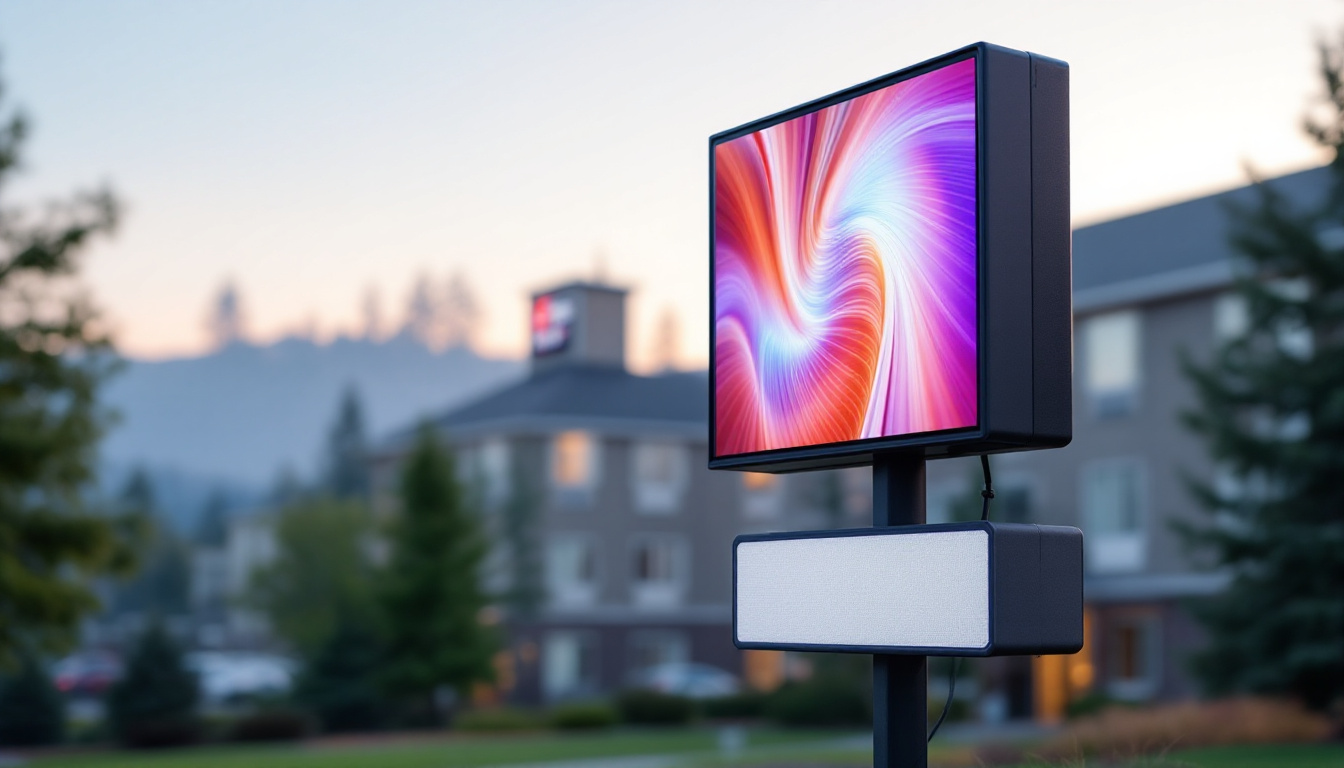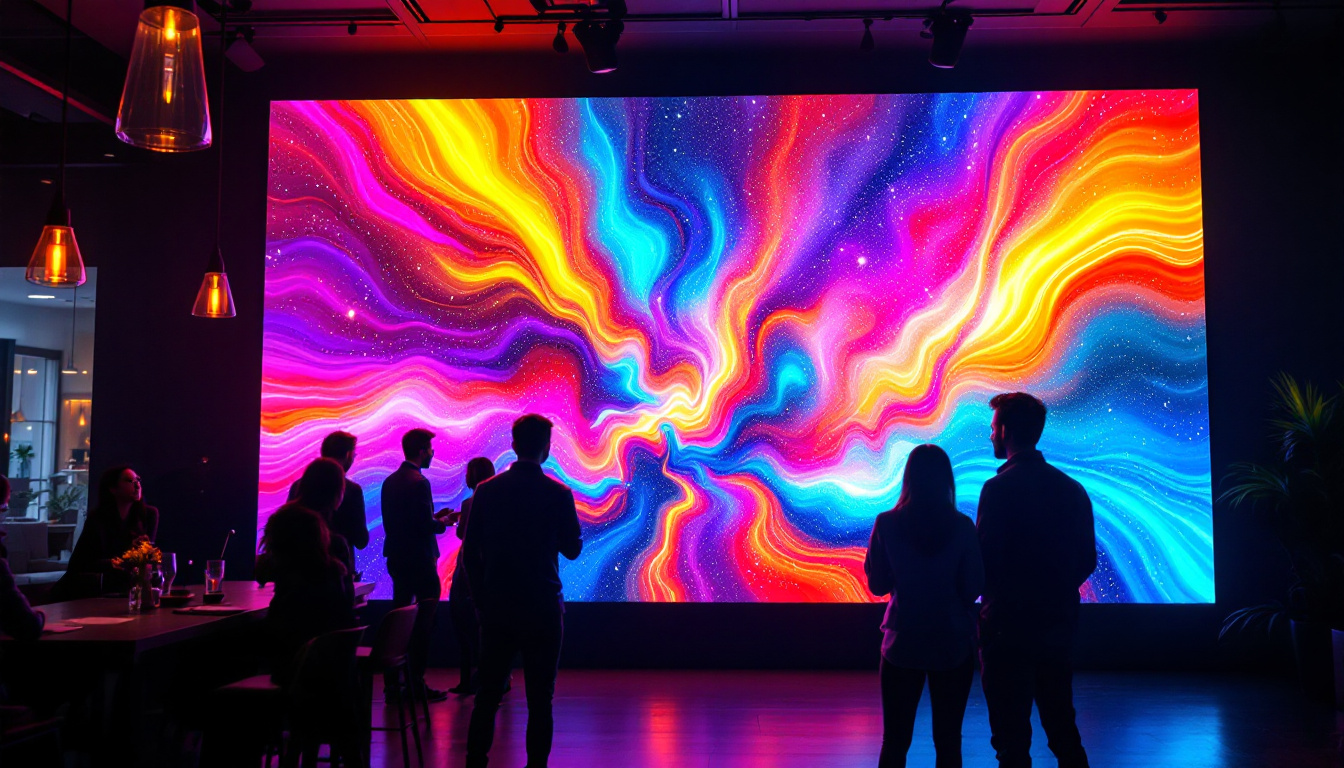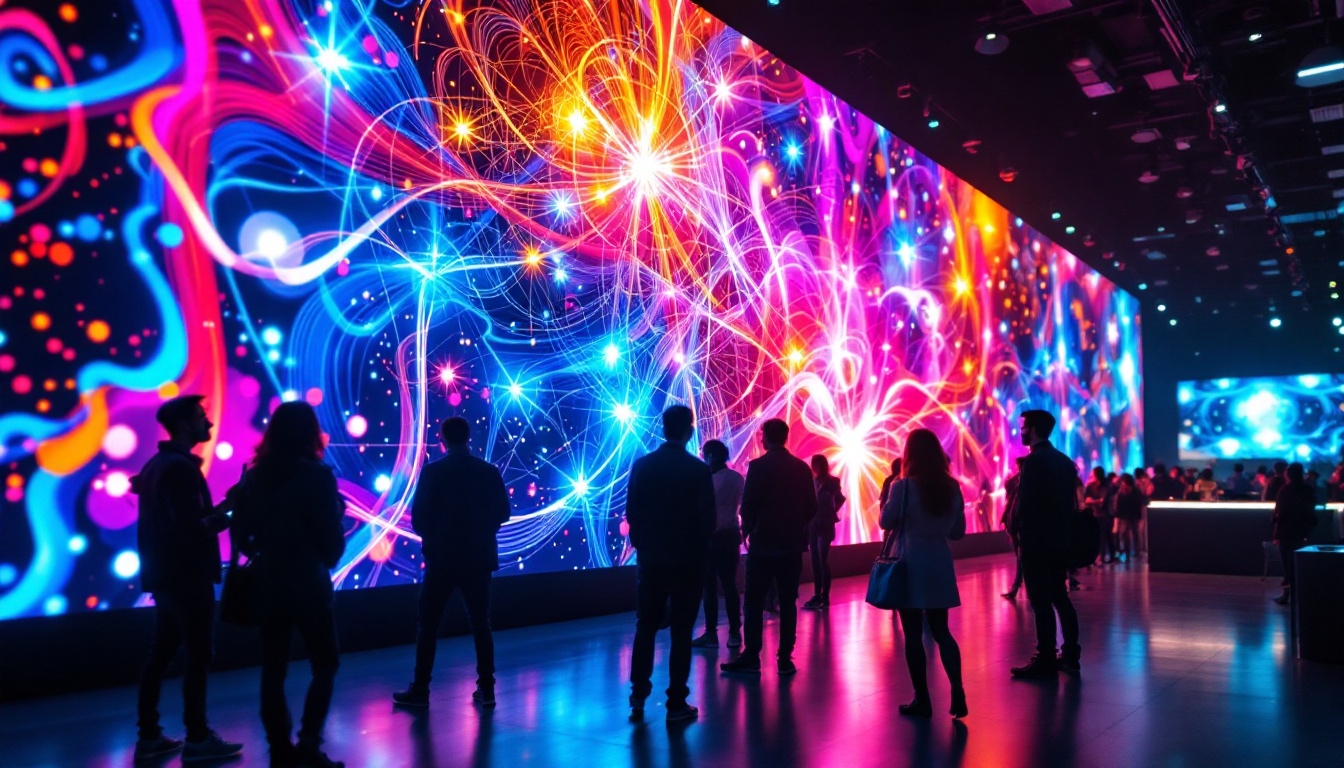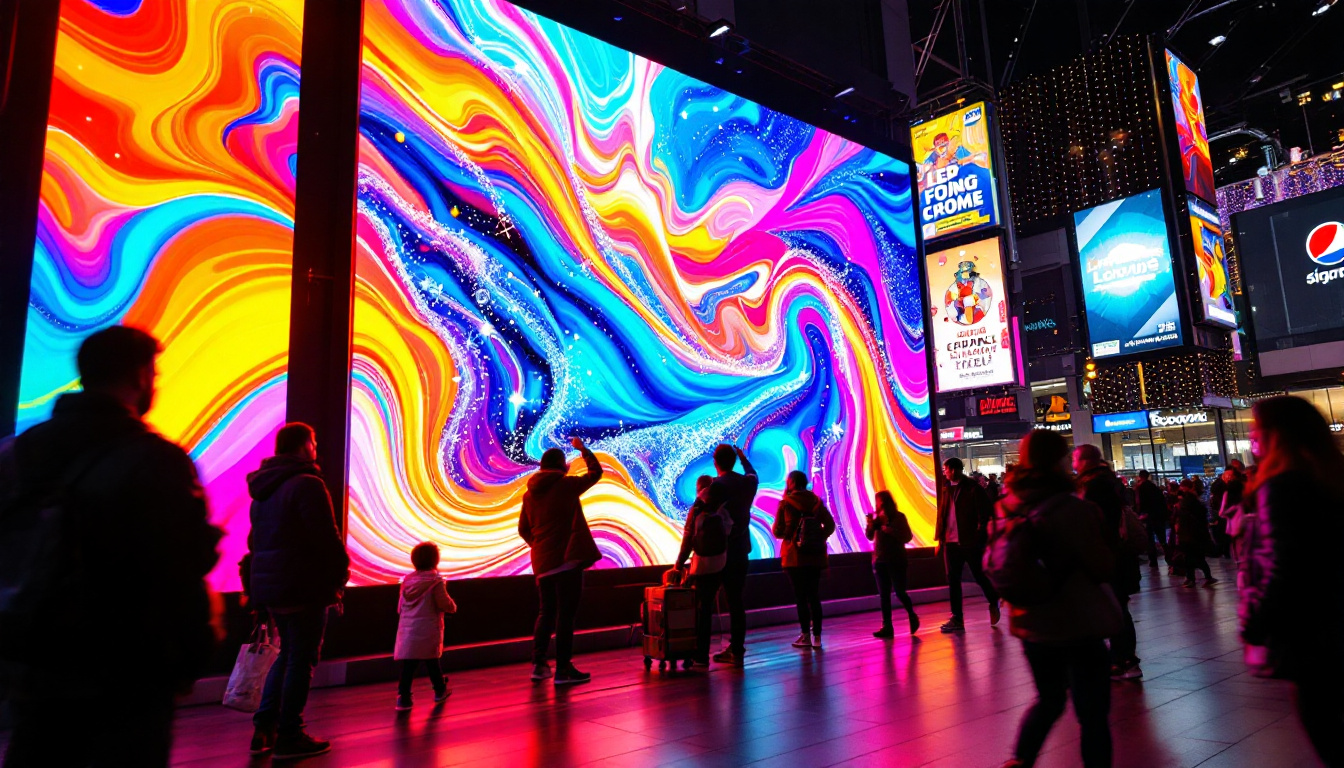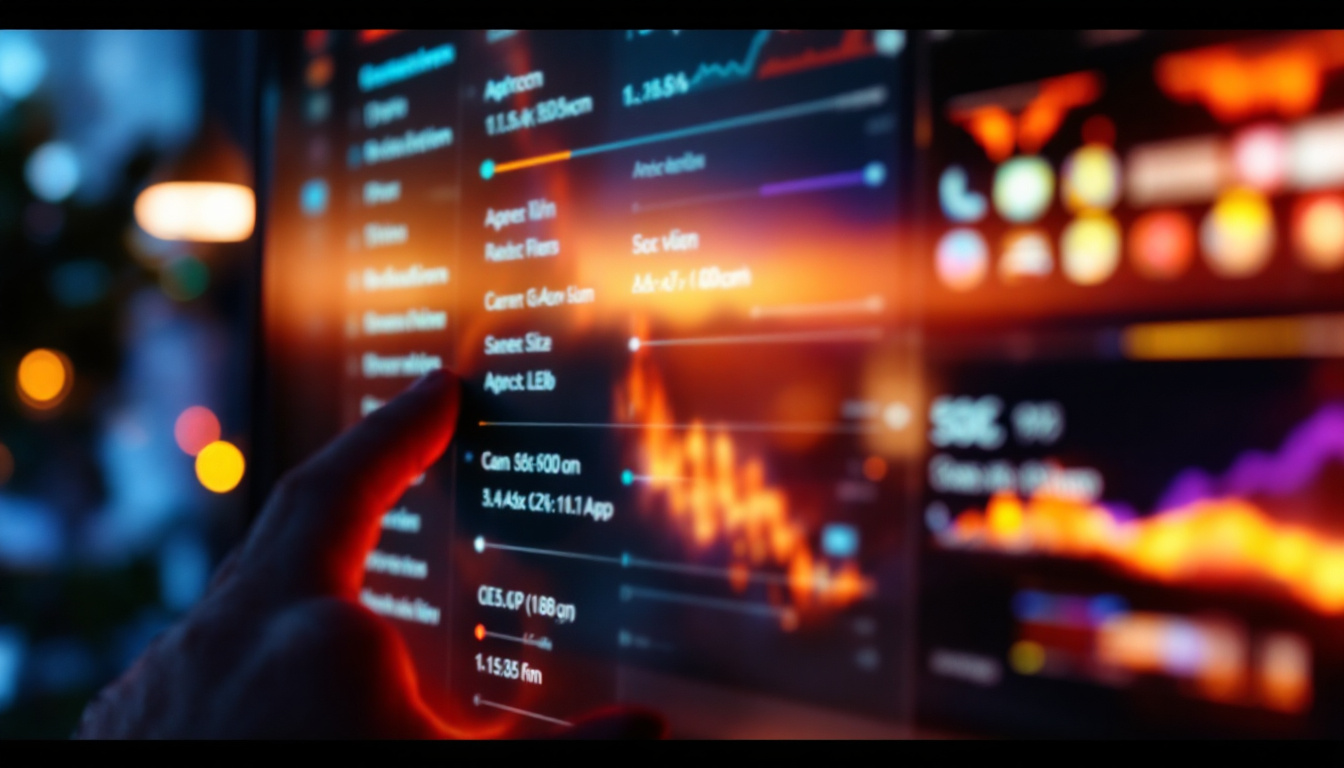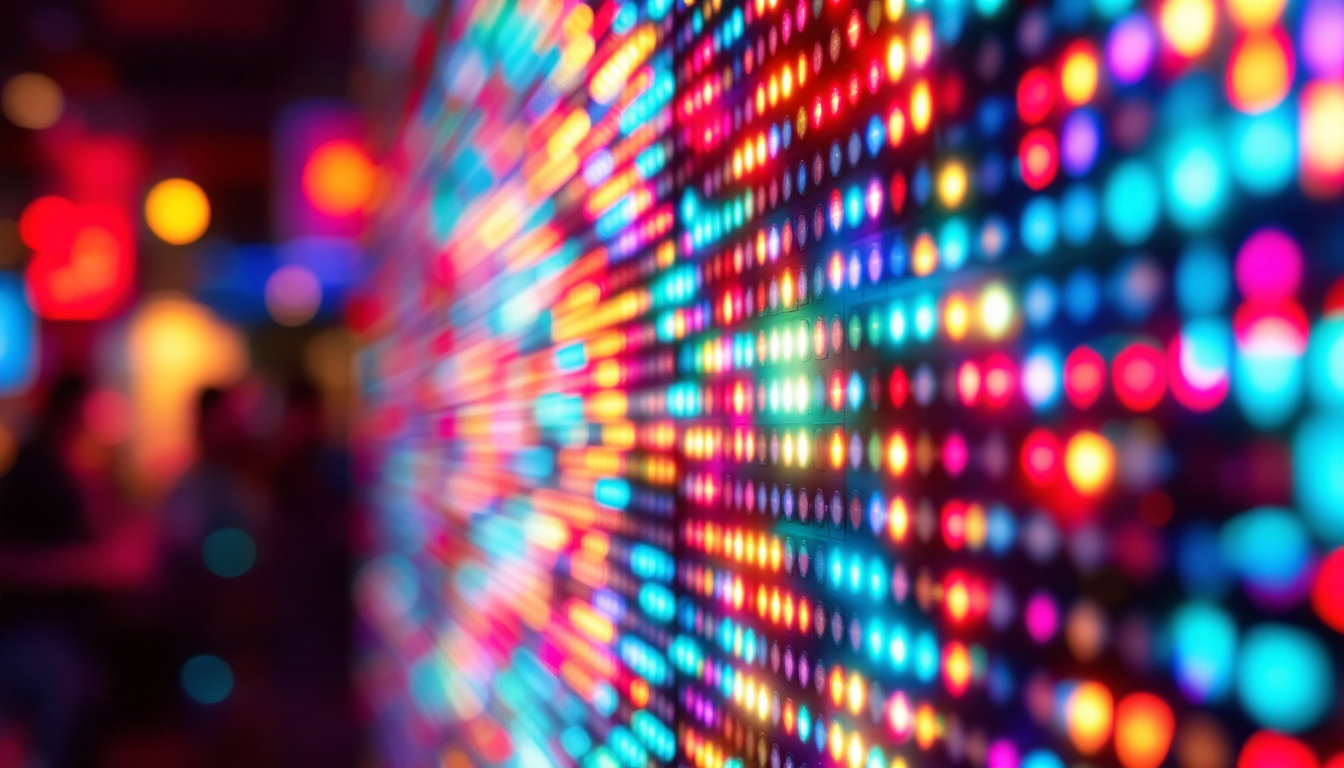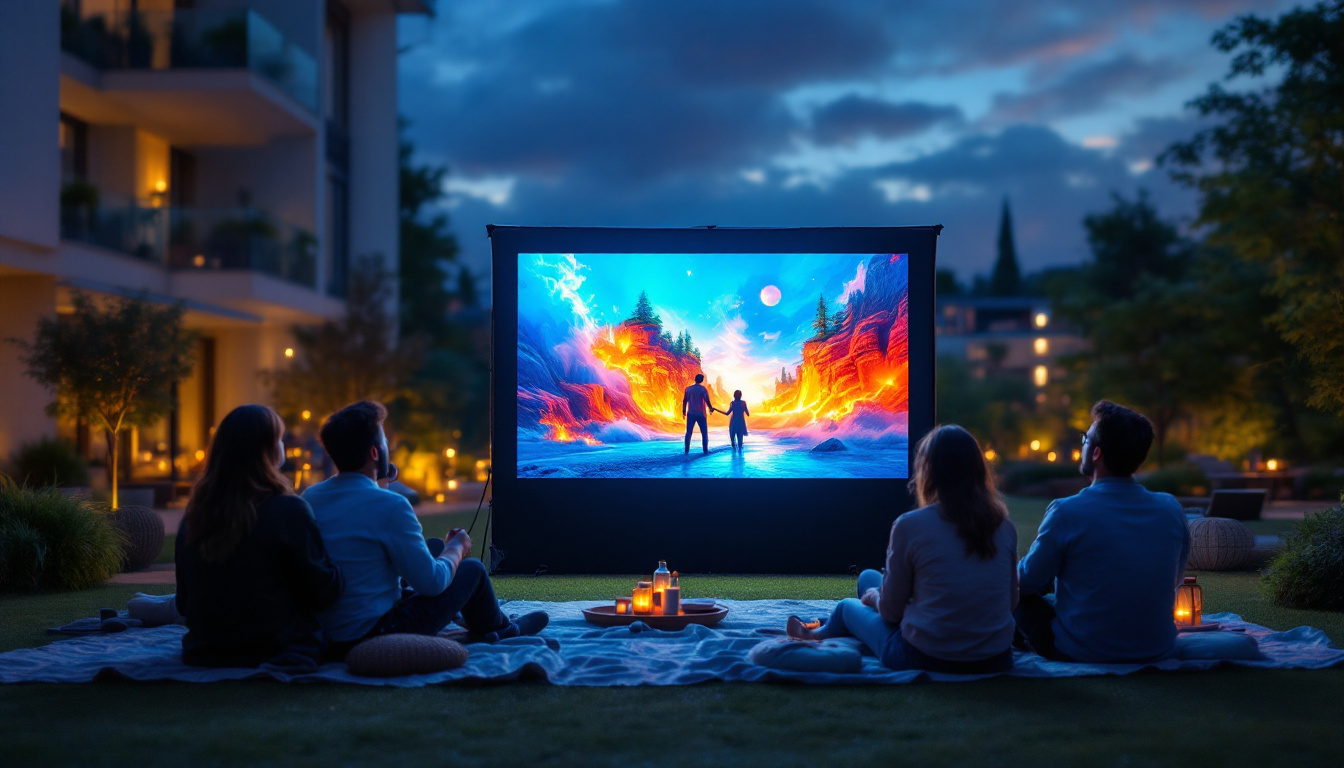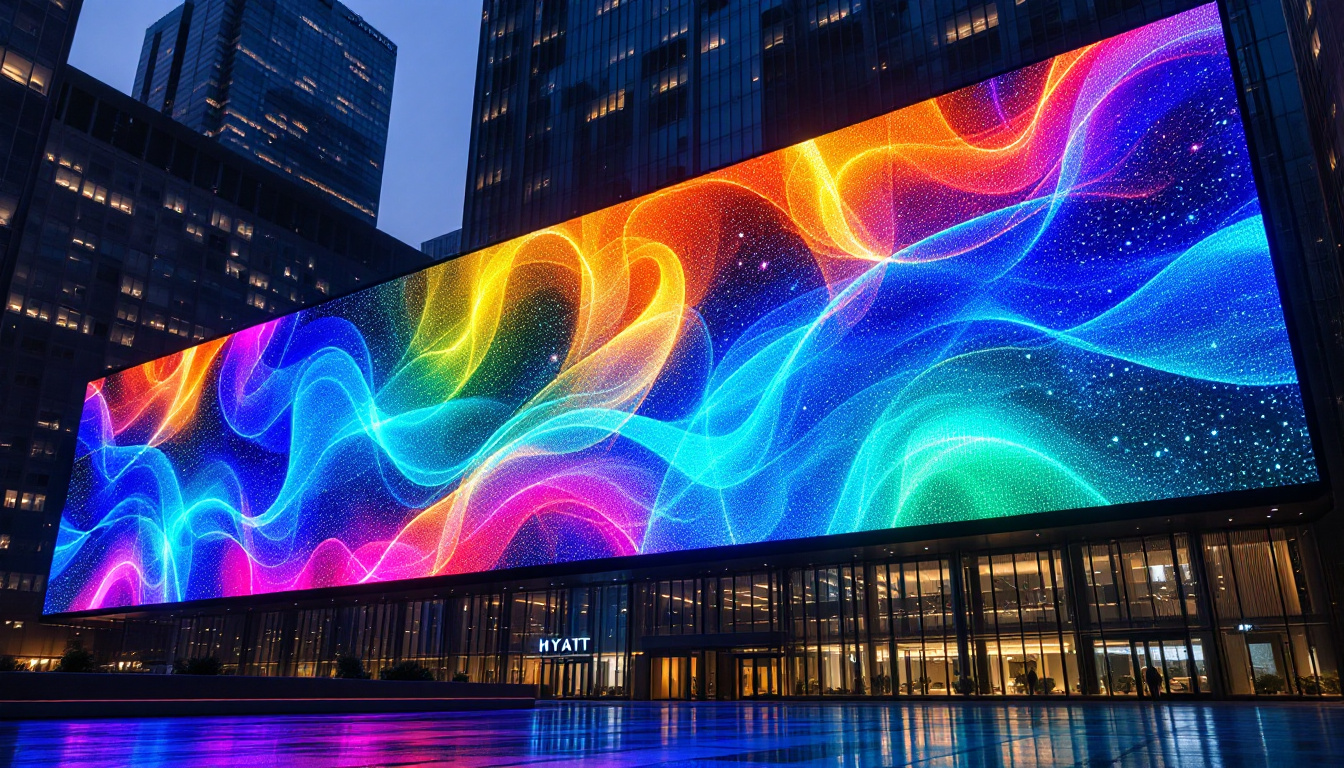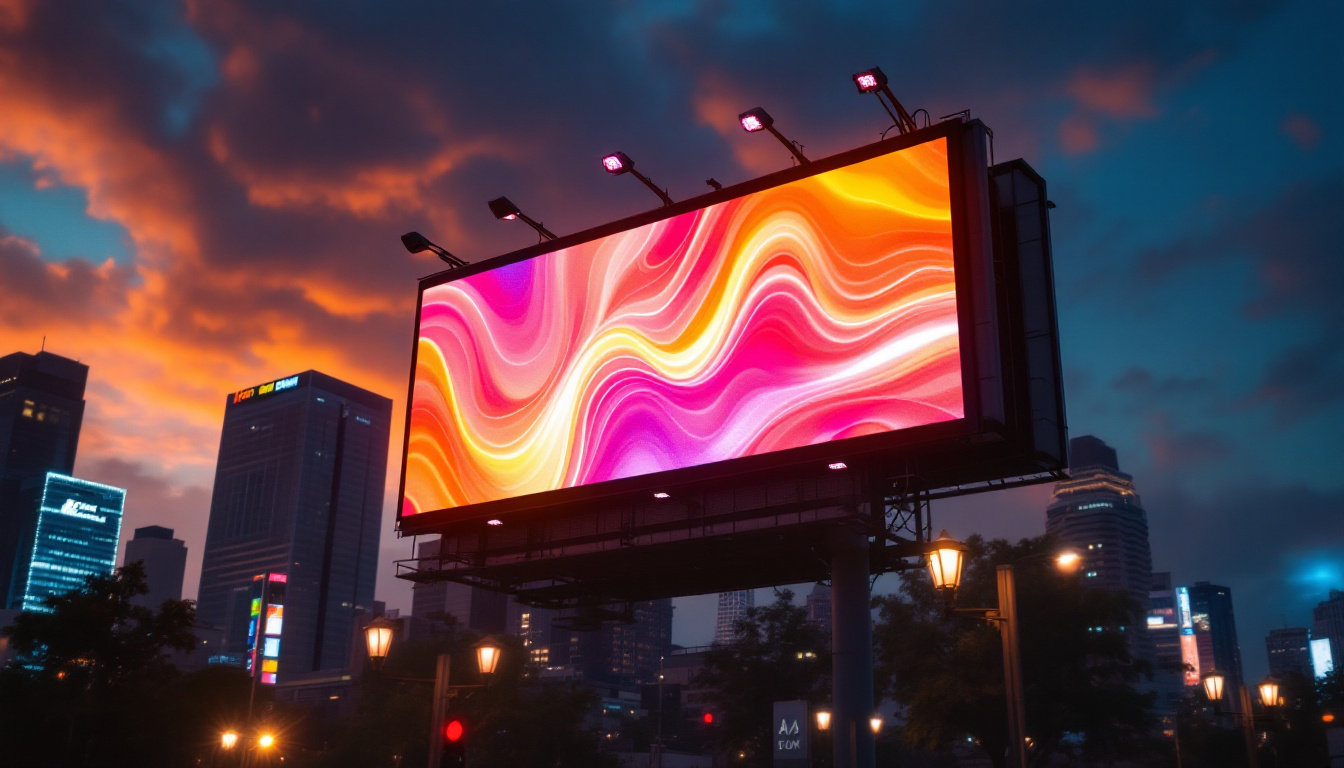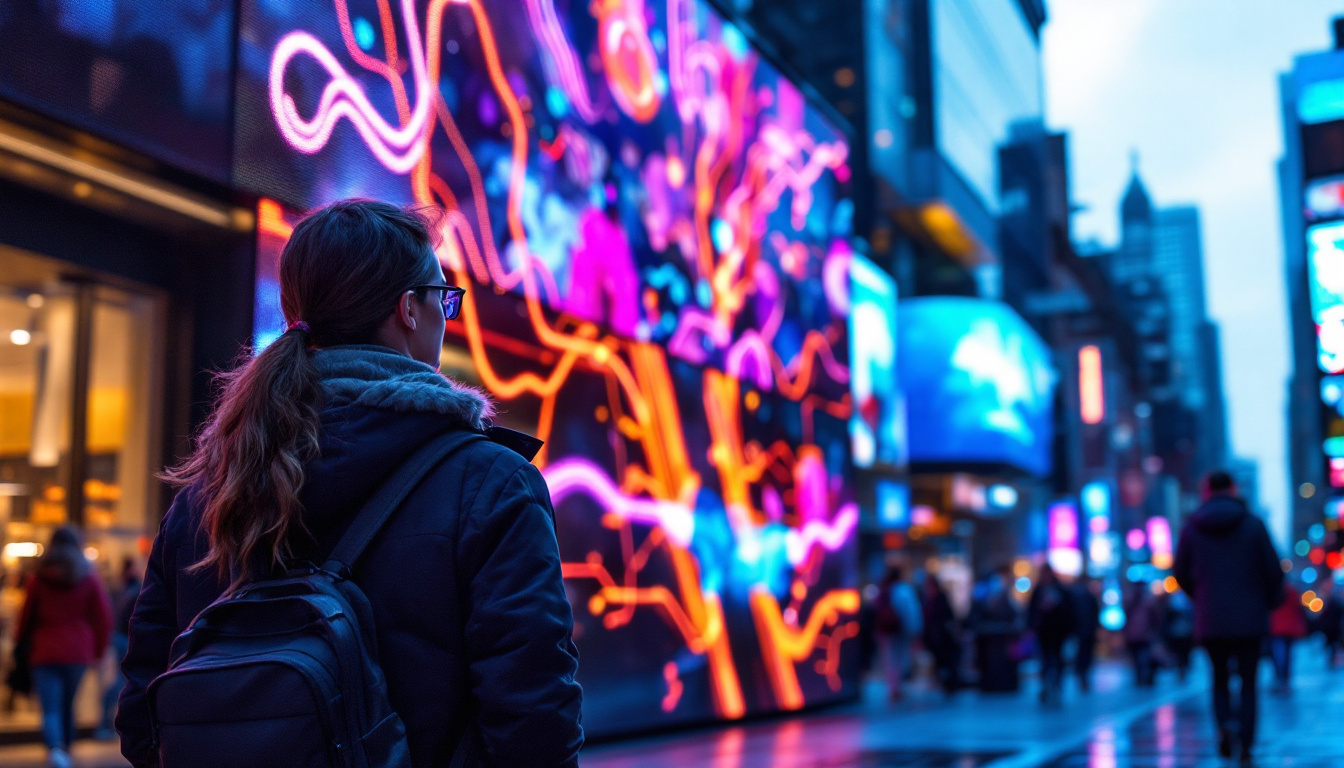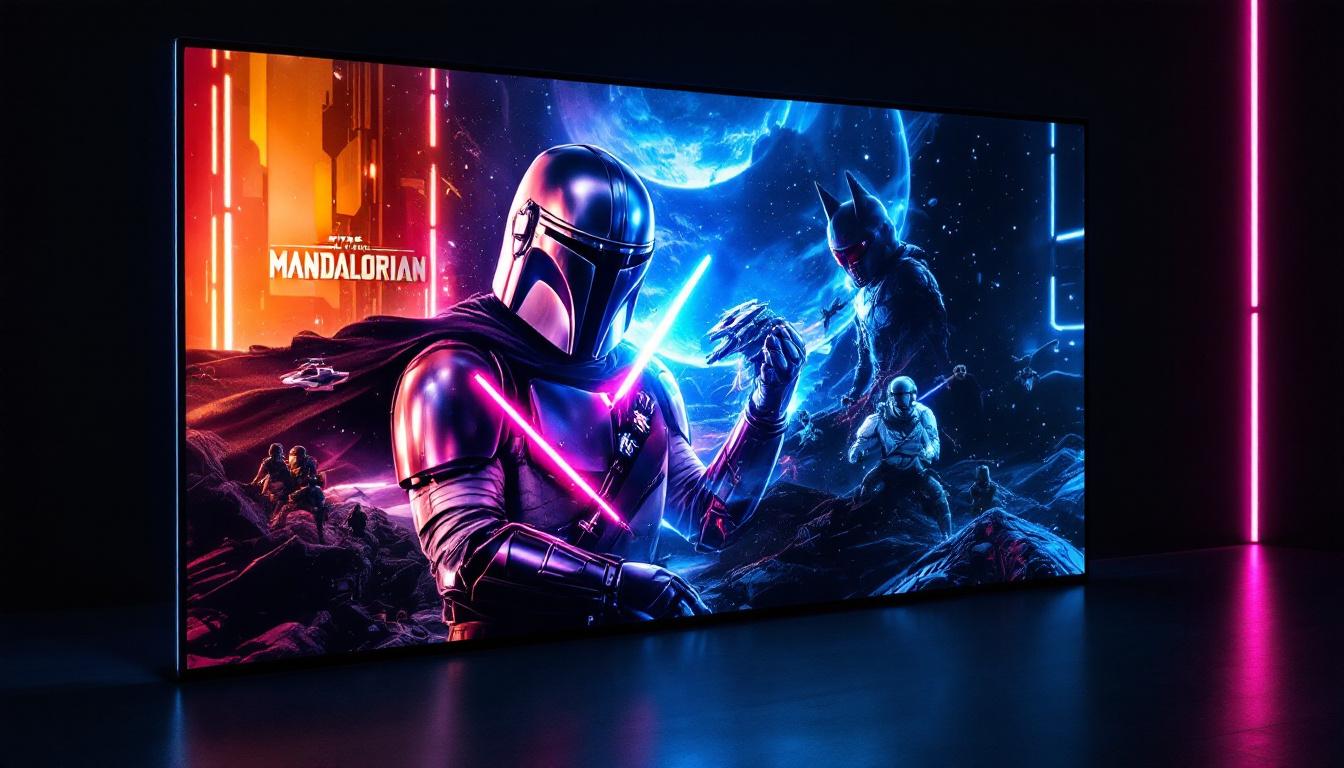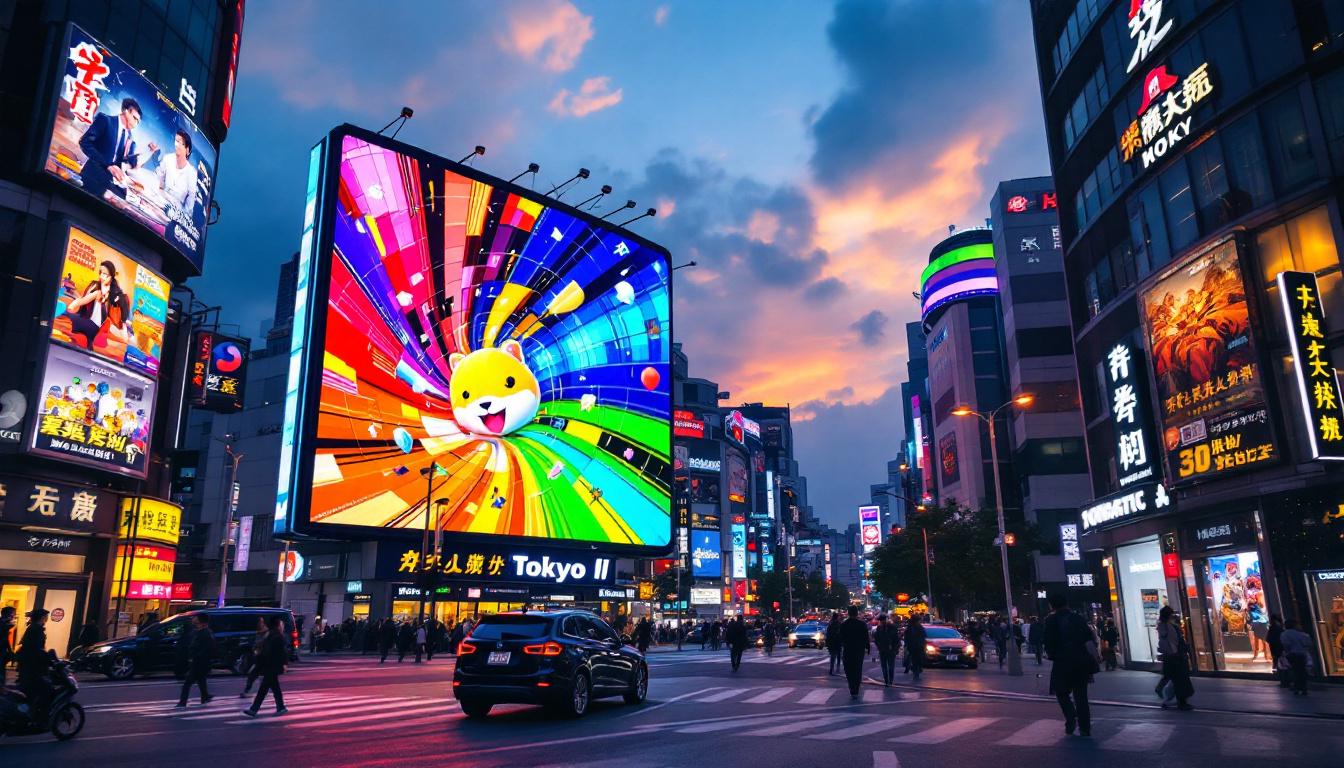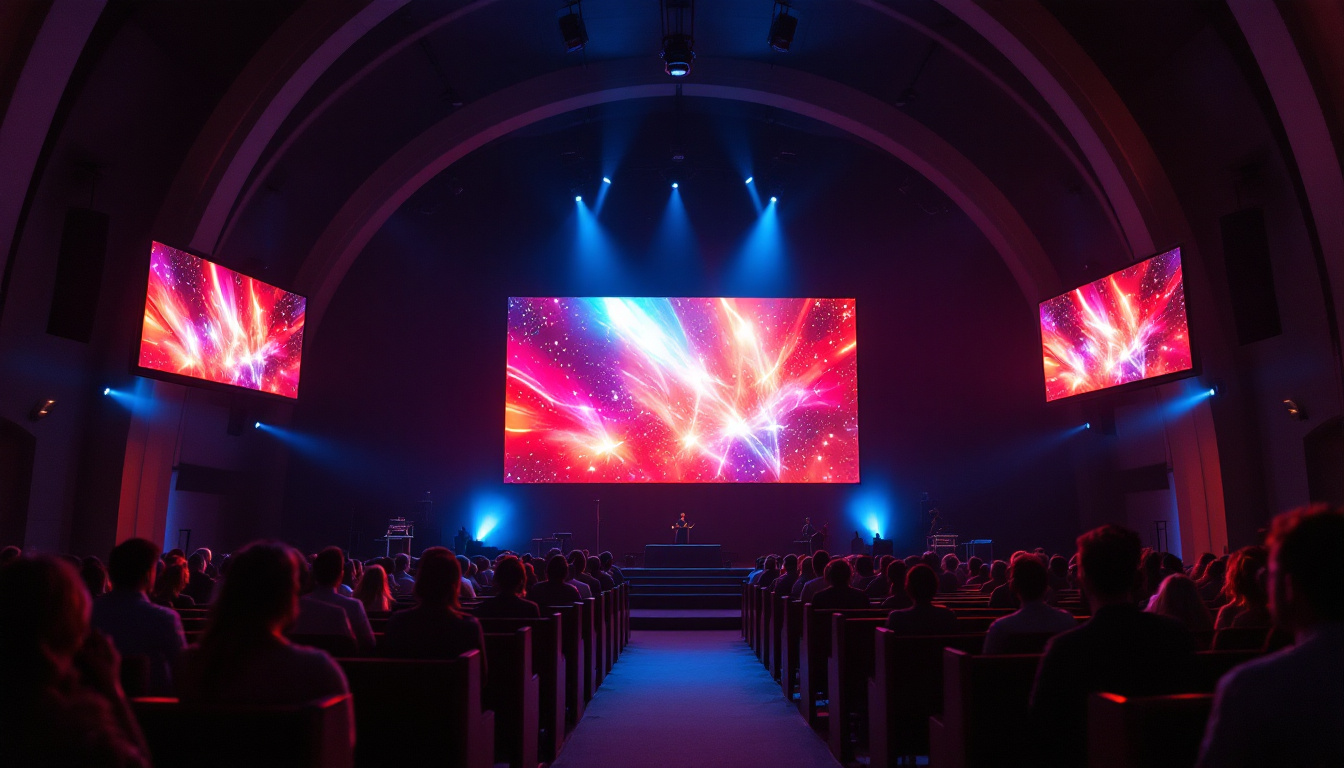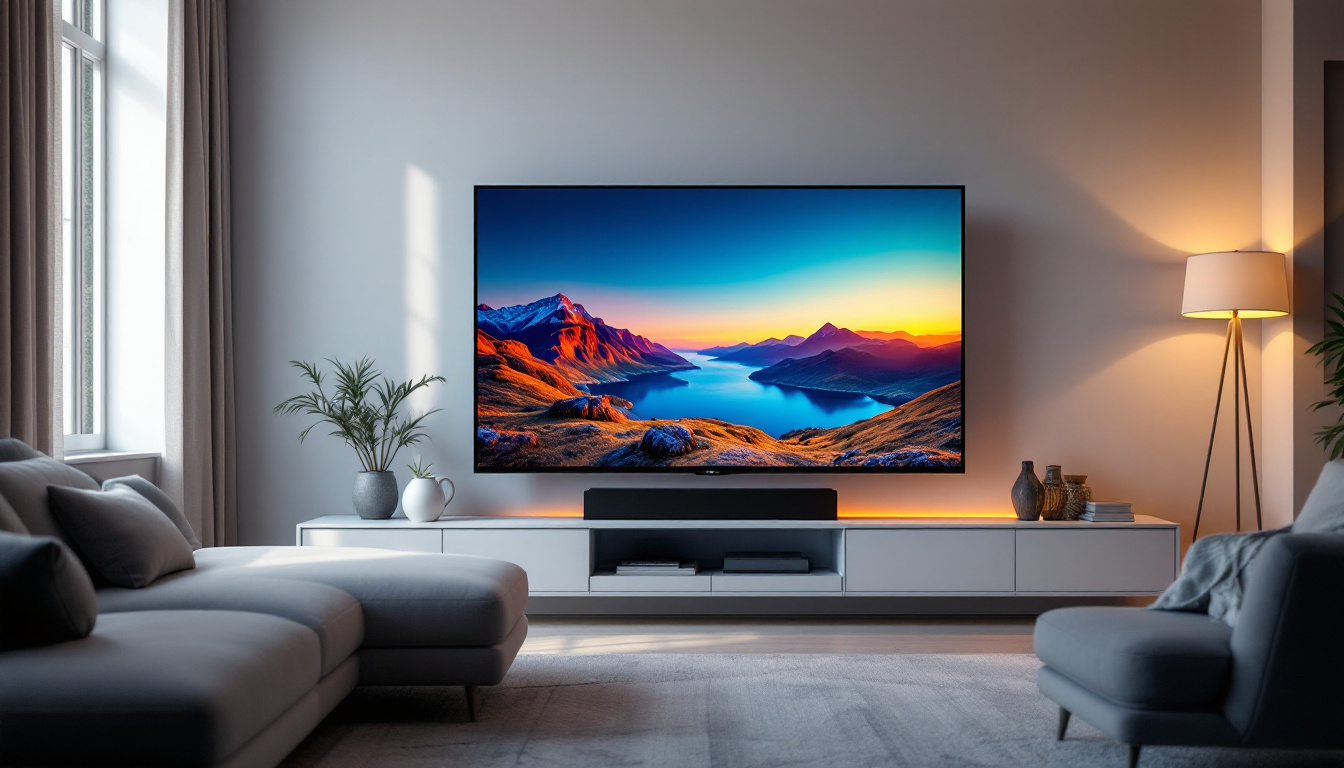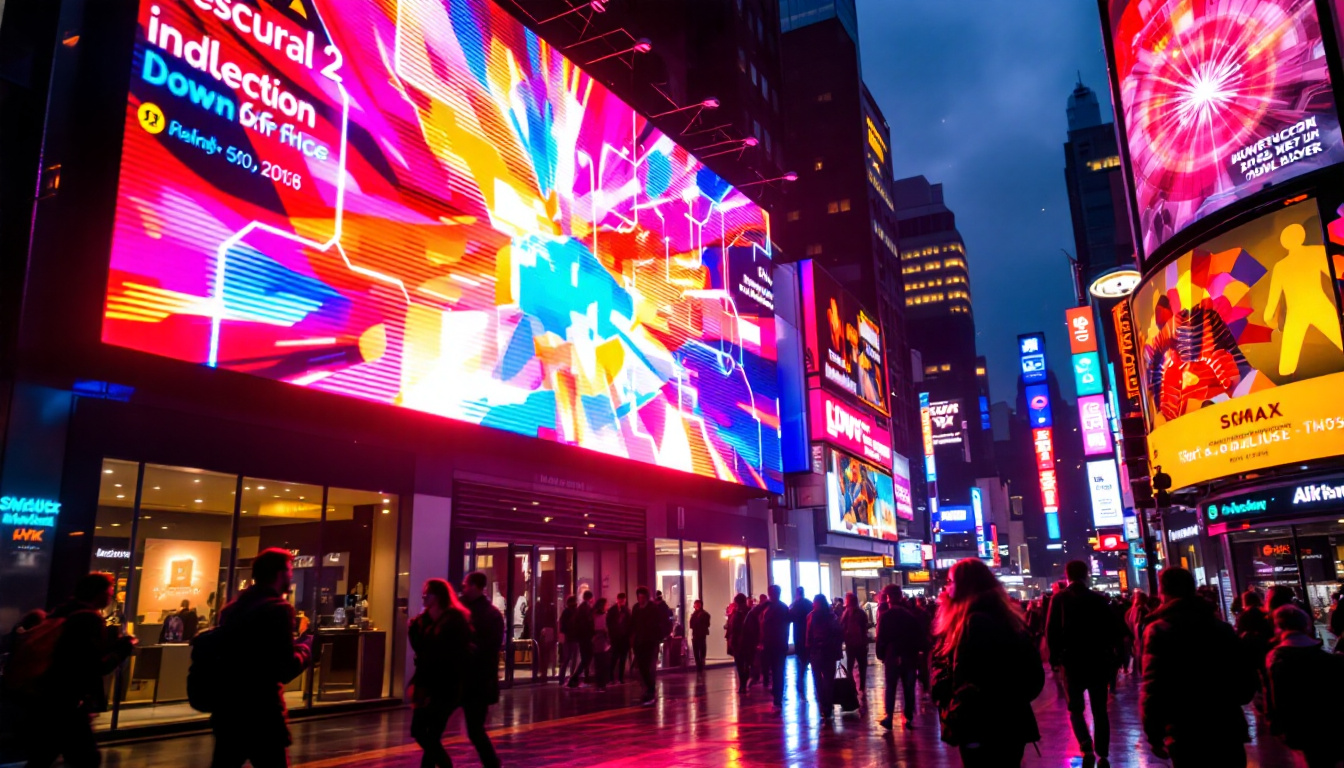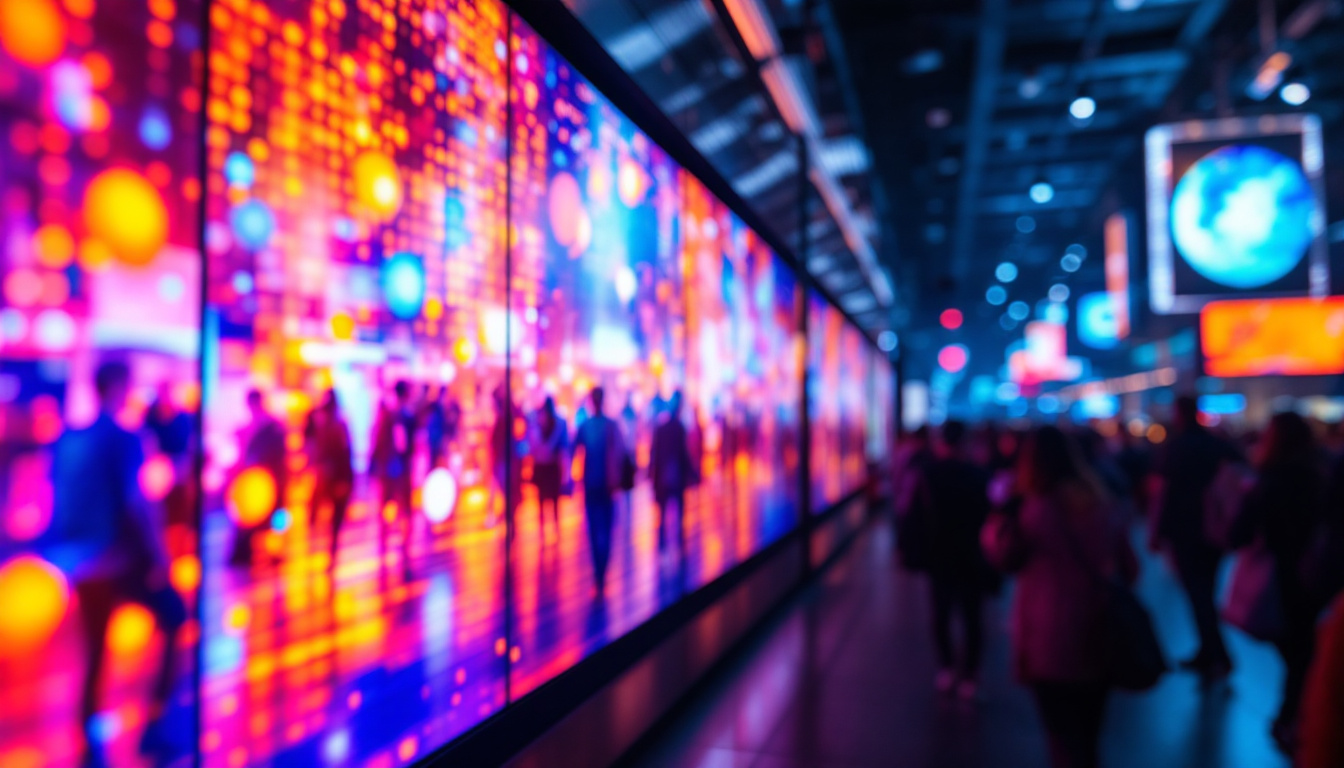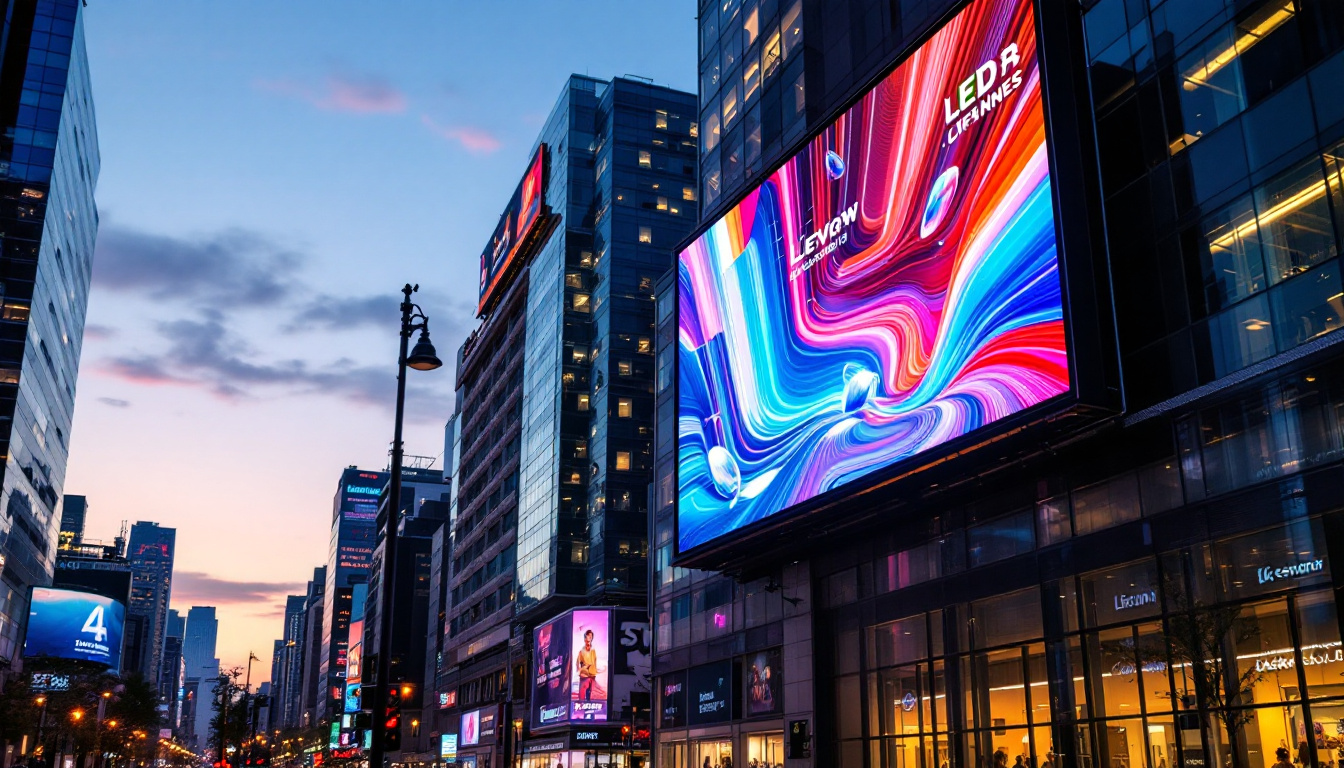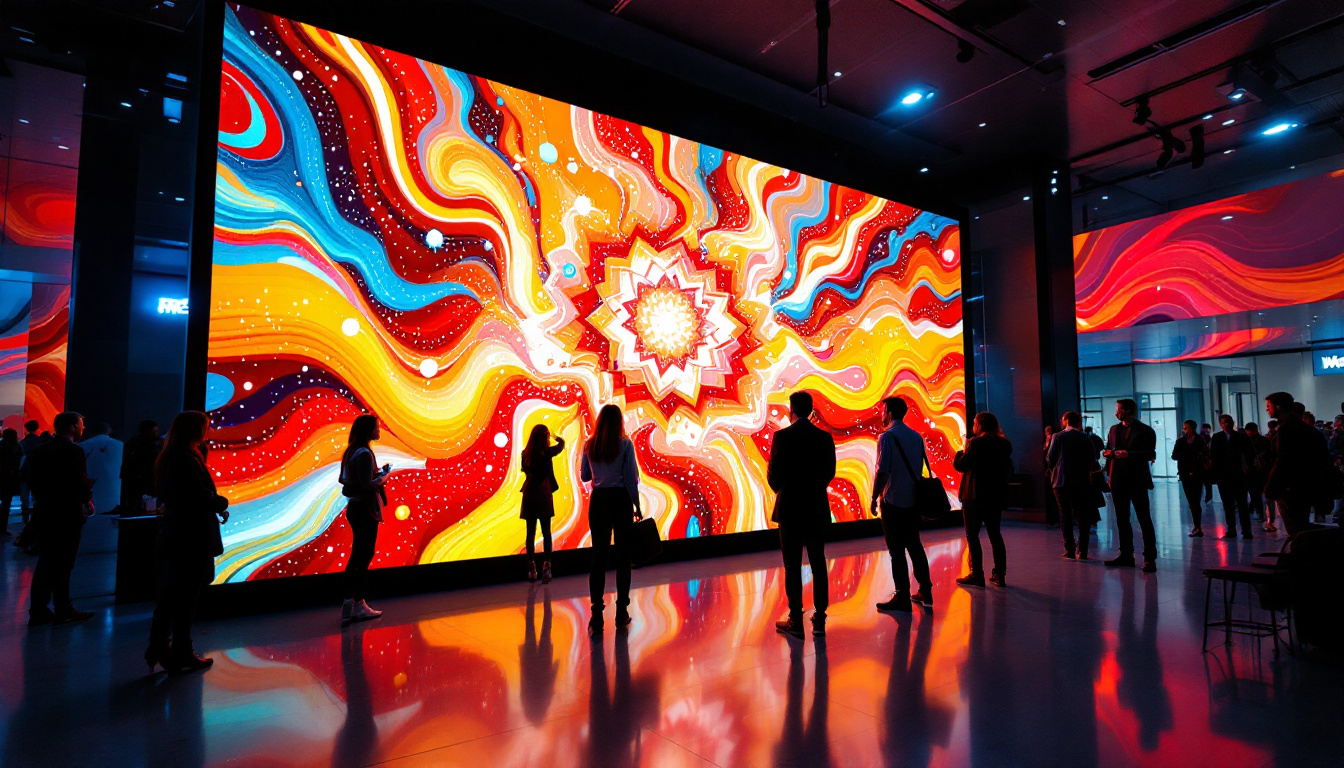In the rapidly evolving world of technology, LED displays have emerged as a cornerstone of modern visual communication. From advertising billboards to sports arenas and retail environments, LED technology has transformed how information is conveyed. This article delves into the intricacies of LED displays, exploring their functionality, applications, and advantages.
Understanding LED Technology
Light Emitting Diodes (LEDs) are semiconductor devices that emit light when an electric current passes through them. This technology has revolutionized display systems due to its efficiency and versatility. Unlike traditional lighting, LEDs are compact, energy-efficient, and capable of producing vibrant colors. Their longevity, often lasting tens of thousands of hours, makes them a cost-effective choice for both consumers and businesses alike, as they reduce the need for frequent replacements.
How LEDs Work
At the core of LED technology is the principle of electroluminescence, where electrons recombine with holes in the semiconductor material, releasing energy in the form of photons. The color of the emitted light is determined by the materials used in the semiconductor. For instance, different combinations of gallium, arsenic, and phosphor can produce a wide spectrum of colors. This versatility in color production is one of the reasons LEDs are used in various applications, from decorative lighting to sophisticated display technologies.
LEDs can be arranged in various configurations to create displays. The most common setup involves grouping red, green, and blue (RGB) LEDs together, allowing for full-color displays by adjusting the intensity of each color. This RGB model is fundamental to creating the vivid images and videos that LED displays are known for. Additionally, advancements in technology have led to the development of white LEDs, which are often created by combining blue LEDs with yellow phosphor, enabling their use in a broader range of lighting applications.
Types of LED Displays
LED displays can be categorized into several types, each serving distinct purposes and environments. The primary types include:
- Direct View LED Displays: These displays consist of individual LED modules that form a larger screen. They are often used in outdoor advertising and large venues due to their brightness and visibility from a distance. Their rugged design also makes them suitable for harsh weather conditions, ensuring that advertisements remain visible in various environments.
- LED Video Walls: Composed of multiple LED panels, video walls can create large, seamless images. They are commonly found in control rooms, broadcast studios, and event venues. The modular nature of these displays allows for easy customization in size and resolution, catering to the specific needs of different events and installations.
- LED Backlit Displays: These displays use LEDs to illuminate an LCD panel from behind. This technology enhances color accuracy and contrast, making it popular in televisions and computer monitors. The use of LED backlighting has also contributed to thinner and lighter designs in consumer electronics, providing users with sleek devices without compromising on performance.
In addition to these types, there are also specialized LED displays such as transparent LEDs, which are gaining popularity in retail environments for creating eye-catching advertisements without obstructing views. These displays allow for a unique blend of visibility and transparency, making them ideal for storefronts. Furthermore, advancements in flexible LED technology are paving the way for innovative applications, such as curved displays and wearable technology, expanding the horizons of how we utilize light in our daily lives.
Applications of LED Displays
LED displays are versatile and can be found in a myriad of applications across different industries. Their ability to convey dynamic content makes them ideal for various settings.
Advertising and Marketing
One of the most prominent uses of LED displays is in advertising. Billboards and digital signage utilize LED technology to capture the attention of passersby with bright, colorful displays. The ability to change content quickly allows advertisers to tailor messages based on time, location, and audience demographics.
Moreover, LED displays can showcase videos, animations, and real-time information, making them more engaging than static advertisements. This interactivity can significantly enhance brand visibility and customer engagement.
Sports and Entertainment Venues
In sports arenas and entertainment venues, LED displays serve multiple purposes. They provide live game updates, replays, and advertisements, ensuring that spectators are fully engaged. The high brightness and contrast levels of LED displays make them ideal for outdoor use, where they can be viewed in various lighting conditions.
Additionally, LED screens are often used to create immersive experiences at concerts and events, enhancing the overall atmosphere with dynamic visuals that synchronize with performances.
Corporate and Educational Settings
In corporate environments, LED displays are utilized for presentations, meetings, and information sharing. Their clarity and brightness ensure that content is visible from various angles and distances, making them suitable for large conference rooms.
educational institutions also benefit from LED technology. Interactive displays in classrooms can facilitate engaging learning experiences, allowing educators to present information in a visually appealing manner that captures students’ attention.
Advantages of LED Displays
The growing popularity of LED displays can be attributed to their numerous advantages over traditional display technologies. Understanding these benefits can help businesses and organizations make informed decisions about their visual communication strategies.
Energy Efficiency
One of the most significant advantages of LED displays is their energy efficiency. LEDs consume significantly less power compared to traditional incandescent or fluorescent lighting. This not only reduces electricity costs but also lowers the carbon footprint, making LED technology an environmentally friendly choice.
Additionally, the longevity of LED displays means that they require less frequent replacements, further contributing to energy savings and reduced waste.
Brightness and Visibility
LED displays are known for their exceptional brightness, making them visible even in direct sunlight. This feature is particularly advantageous for outdoor applications, where visibility is crucial for capturing attention.
The high contrast ratio of LED displays also enhances image quality, ensuring that colors appear vibrant and details are clear. This clarity is essential for applications such as advertising and live events, where visual impact is paramount.
Flexibility and Customization
LED technology offers unparalleled flexibility in terms of design and installation. Displays can be customized in size, shape, and configuration to suit specific needs. This adaptability allows businesses to create unique visual experiences that align with their branding and messaging.
Moreover, advancements in technology have led to the development of flexible LED screens that can be curved or shaped to fit unconventional spaces, further expanding creative possibilities.
Challenges and Considerations
While LED displays offer numerous advantages, there are also challenges and considerations to keep in mind when implementing this technology. Understanding these factors can help organizations make informed decisions.
Initial Investment
The initial cost of purchasing and installing LED displays can be higher than traditional display technologies. However, it is essential to consider the long-term benefits, such as lower energy costs and reduced maintenance expenses.
Organizations should conduct a thorough cost-benefit analysis to determine the return on investment (ROI) associated with LED displays. In many cases, the advantages outweigh the initial financial outlay.
Maintenance and Upkeep
Although LED displays are known for their durability, they still require regular maintenance to ensure optimal performance. This includes cleaning the screens, checking connections, and addressing any technical issues that may arise.
Organizations should establish a maintenance schedule and consider partnering with professional service providers to ensure that their displays remain in top condition over time.
Content Management
Effective content management is crucial for maximizing the impact of LED displays. Organizations must develop strategies for creating, scheduling, and updating content to keep audiences engaged. This may involve using content management systems (CMS) that allow for easy updates and real-time changes.
Additionally, understanding the target audience and tailoring content accordingly is essential for achieving desired outcomes. Engaging visuals and relevant messaging can significantly enhance the effectiveness of LED displays.
The Future of LED Displays
As technology continues to advance, the future of LED displays looks promising. Innovations in LED technology are paving the way for even more exciting applications and capabilities.
MicroLED and MiniLED Technology
MicroLED and MiniLED technologies are emerging as the next generation of LED displays. These technologies utilize smaller LED chips, allowing for higher pixel density and improved image quality. As a result, displays can achieve greater detail and color accuracy, making them ideal for high-end applications such as home theaters and professional video production.
MicroLED displays also offer the potential for self-emissive properties, eliminating the need for backlighting and further enhancing energy efficiency. This advancement could revolutionize the industry, providing even more compelling visual experiences.
Integration with Smart Technology
The integration of LED displays with smart technology is another trend shaping the future of visual communication. Smart displays equipped with sensors and connectivity features can adapt content based on environmental factors, audience behavior, and real-time data.
This level of interactivity opens up new possibilities for personalized marketing, dynamic content delivery, and enhanced user experiences. As smart technology continues to evolve, LED displays will likely play a central role in creating connected environments.
Sustainability Initiatives
With increasing awareness of environmental issues, sustainability is becoming a key focus in the development of LED displays. Manufacturers are exploring eco-friendly materials and production processes to reduce the environmental impact of display technology.
Additionally, recycling programs for old LED displays are being implemented to minimize electronic waste. As sustainability becomes a priority for consumers and businesses alike, LED technology will likely evolve to meet these expectations.
Conclusion
LED displays have transformed the landscape of visual communication, offering a dynamic and engaging way to convey information. Their energy efficiency, brightness, and versatility make them an ideal choice for a wide range of applications, from advertising to education.
While there are challenges associated with initial investment and content management, the long-term benefits often outweigh these considerations. As technology continues to advance, LED displays will only become more sophisticated, paving the way for exciting new possibilities in the world of visual communication.
In a world where capturing attention is paramount, LED displays stand out as a powerful tool for businesses and organizations looking to make a lasting impact.
Discover LumenMatrix LED Display Solutions
Ready to elevate your visual communication with cutting-edge LED technology? Explore LumenMatrix’s comprehensive range of LED display modules, designed to captivate your audience and amplify your message. From vibrant Indoor and Outdoor LED Wall Displays to innovative solutions like Vehicle LED Displays, LED Posters, and Transparent LED Displays, LumenMatrix is at the forefront of creating immersive experiences. Whether for advertising, education, or entertainment, our mission is to empower your brand with displays that stand out. Check out LumenMatrix LED Display Solutions today and transform the way you engage with your audience.

